Like many things, family vacations have changed a lot in the past 50 years. Today, many people prefer to fly to their destination, especially if it saves them half a day or more of driving. But in the 1970s, that just wasn’t affordable for the average family. As a result, yearly road trips to beaches, amusement parks, national parks, and historical sites became the norm. Here’s what those family road trips of the 70s really looked like. How many do you remember?
1. Your Trip Took Place in a Station Wagon
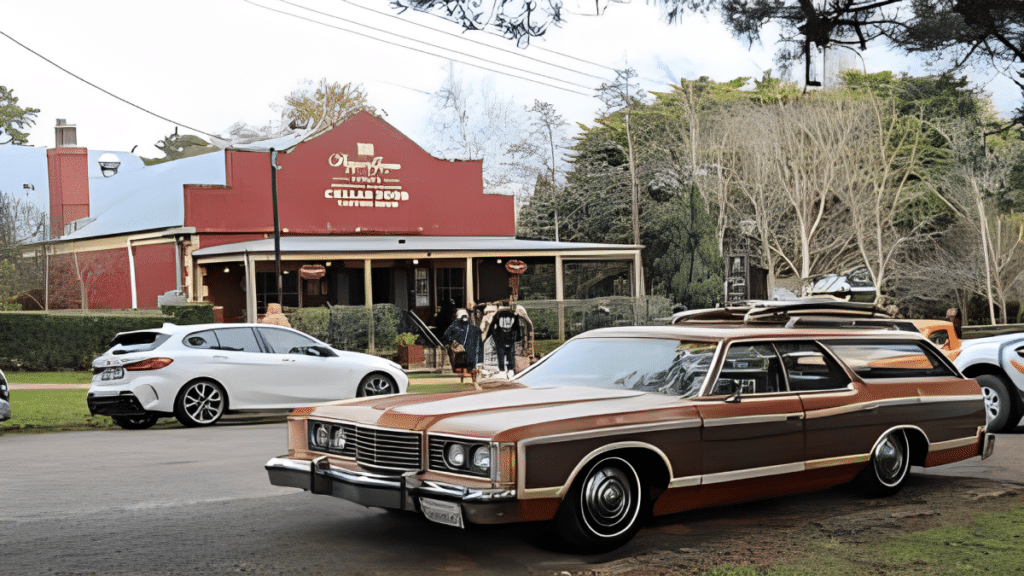
Starting in the ’50s and going strong throughout the ’60s and ’70s, the station wagon was practically synonymous with “family car” for most Americans, the same way minivans would be for children of the ’80s, ’90s, and Y2K. It was likely to be an American-made model because the “Big 3” of domestic car manufacturers were in their prime.
The popularity of station wagons in the ’70s was bolstered by their spacious interiors, capable of accommodating the whole family and their luggage, making them the go-to choice for long road trips. Models like the Ford Country Squire and Chevrolet Caprice Estate were iconic, often featuring faux wood paneling on the sides, earning them the affectionate nickname “woodies.”
2. And If You Were the Youngest, You Spent the Whole Time Facing Backwards
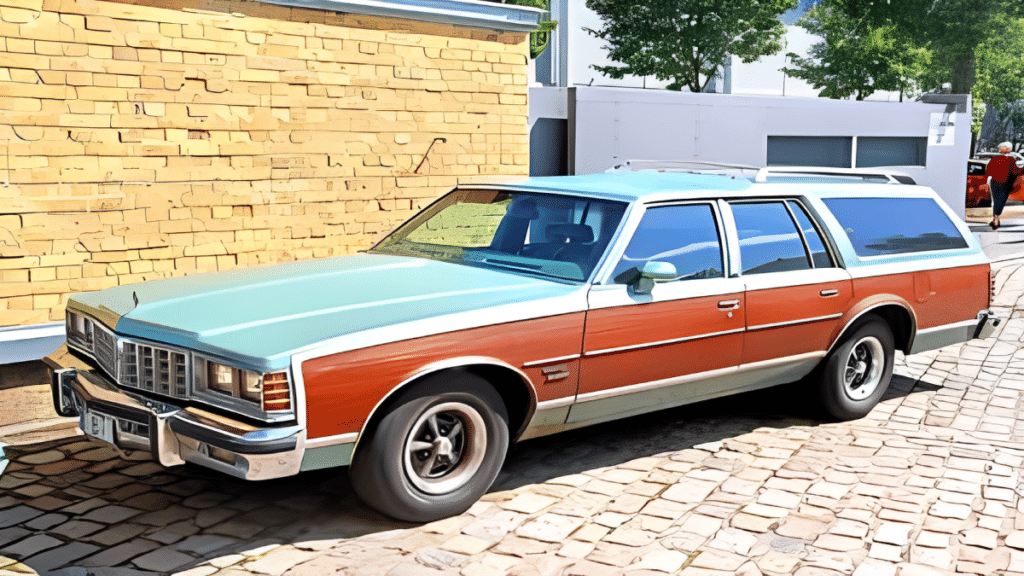
A unique feature of the station wagons that many cars lack today was a backward-facing third row. The baby of the family, as the lowest in the hierarchy, usually got stuck in this undesirable motion sickness-inducing third row. If your family car didn’t have backward seats, then the youngest got crammed onto the hump in the middle of the back row.
The backward-facing third row, often referred to as the “way back,” offered a unique vantage point for the road behind, rather than ahead. This seating arrangement was both a novelty and a necessity, maximizing passenger space in the pre-SUV era, but it also meant those in the back were last to know where the family was headed, adding a sense of adventure—or dread—to the journey.
3. Oh Yeah, Seat Belts Were Optional
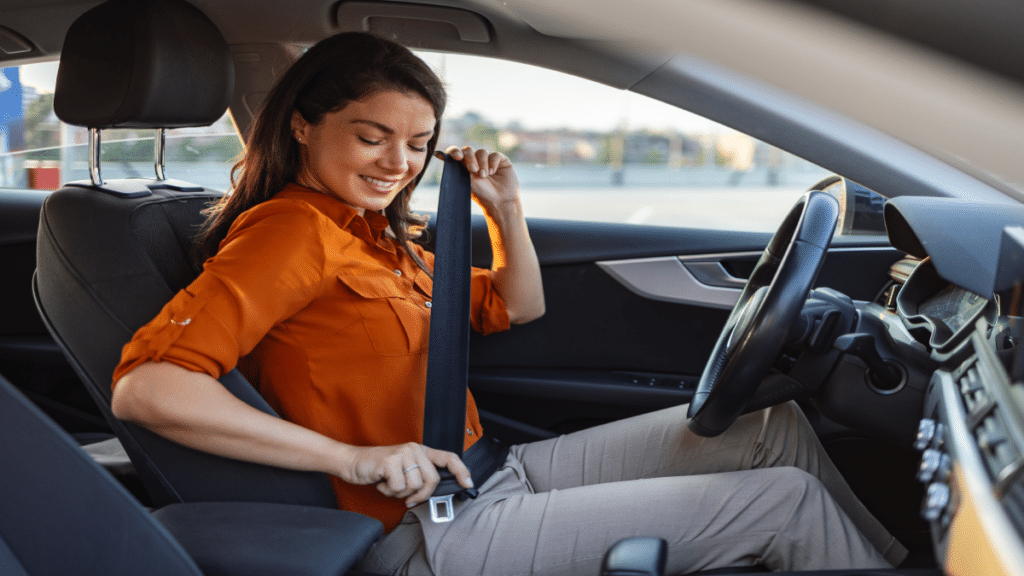
Today, Click It or Ticket has become a nationwide campaign to remind drivers and passengers to buckle up. But cars weren’t required to have seatbelts until the 1960s, and they weren’t mandatory to use them until the ’80s.
In the ’70s, seatbelt use was not the norm; it was more common for people to ride unrestrained, with children often freely moving around in the car during travel. (Every child of the ’70s recalls sleeping on the floorboard or even on the shelf by the back window.) The National Highway Traffic Safety Administration (NHTSA) began to mandate seatbelt installation in cars during the ’60s, but consistent usage didn’t take hold until laws enforcing seatbelt use were implemented in the mid-1980s, dramatically changing road safety standards and public attitudes towards automobile safety.
4. And Forget About Car Seats
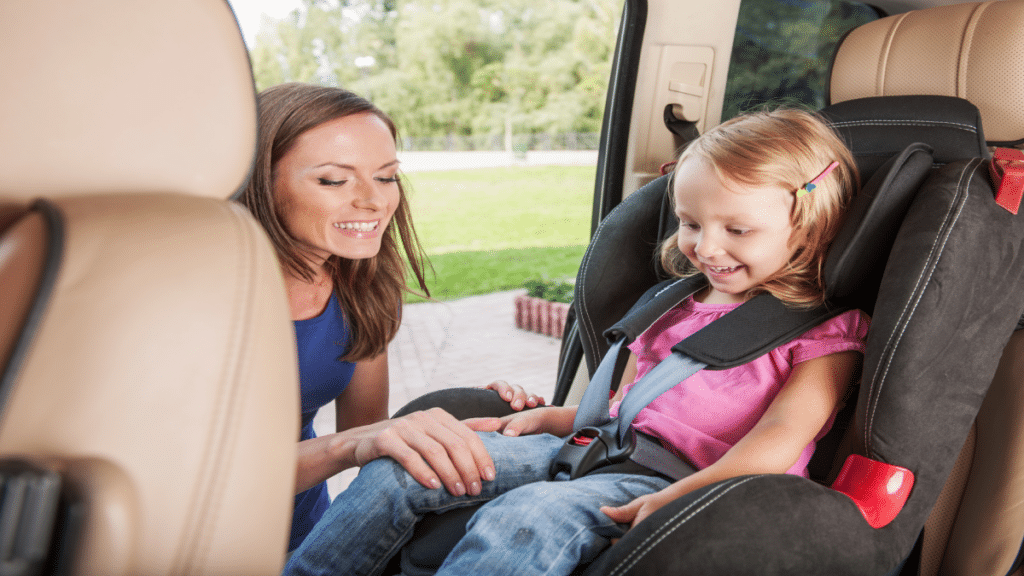
Another modern road safety staple that wasn’t required for most of the ’70s was car seats for kids. Usually, mom (or whoever wasn’t driving) would hold babies while bigger kids had free reign in the backseat. And the few car seats that were available looked more like restaurant booster seats than what is required for babies today.
Car seats in the ’70s were rudimentary and not designed with today’s safety standards in mind; they were more for the child’s visibility and comfort than for protection in a crash. It wasn’t until the late ’70s that child car seat safety laws began to be enacted, influenced by increasing awareness and advocacy for child safety in automobiles.
5. You Couldn’t Count on Fast Food, So Mom Packed Meals for the Road

The fast food drive-thru was gaining popularity in the ’70s, but it wasn’t quite ubiquitous. Hard as it might be to believe now, you could drive for hours at a time without seeing a McDonald’s or Taco Bell. Considering there were only 6,200 McDonald’s worldwide by 1980 (compared to nearly 42,000 by 2023) it’s easy to understand how. Most families packed sandwiches to eat on the road, either right in the car or at a roadside picnic site.
During the ’70s, the concept of fast food was just beginning to spread across the United States, with major chains slowly expanding beyond their initial locations. Road trips often meant relying on local diners, grocery stores, or home-packed meals, as the fast-food infrastructure we recognize today was still in its infancy. This era marked the transition from traditional travel dining to the convenience-oriented fast-food culture that would dominate the American landscape in the decades to follow.
6. Or You Stopped at a Local Dive
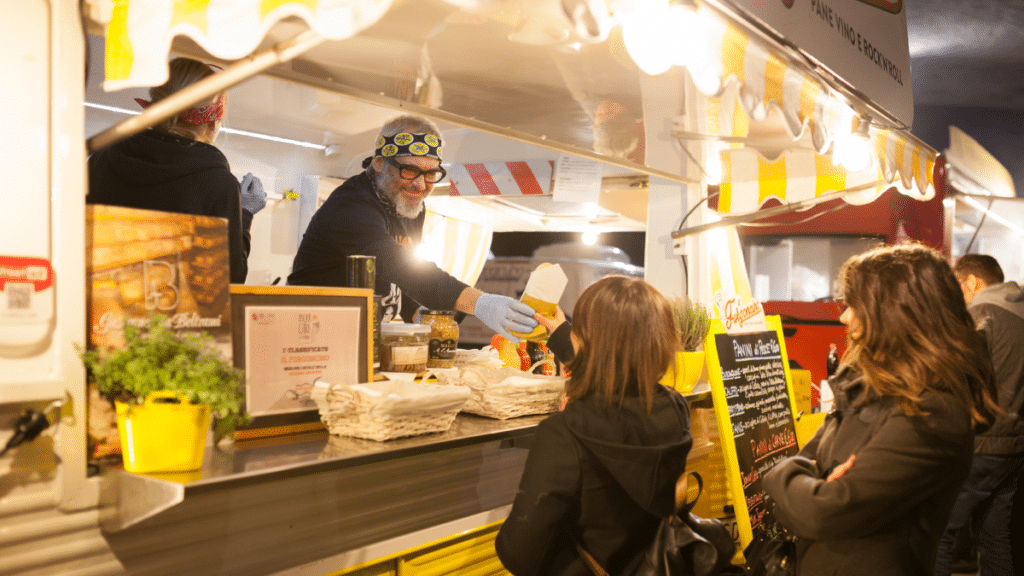
If you did happen to find a place to get food on the road, it wasn’t going to be a chain restaurant. Mom-and-pop roadside diners were actually right on the side of the highway. Now, you’d probably have to exit and navigate the side streets to find these local gems.
In the ’70s, roadside diners were integral to the road trip experience, offering home-cooked meals and a slice of local culture and hospitality. These diners, often family-owned, provided a cozy, welcoming atmosphere with menus featuring regional specialties and homemade pies, distinguishing them from the standardized offerings of chain restaurants that would later dominate the highways.
7. Stopping for a Bathroom Break Could Be Treacherous

The Federal Aid Highway Act of 1956, which kickstarted the construction of the interstate highway system, included provisions for rest stops. We still have rest stops today, but many are more like elaborate food courts with convenience stores and public bathrooms. In the ’70s, some didn’t even have plumbing!
Rest stops in the ’70s were basic, often just a parking area with picnic tables and, if you were lucky, a simple restroom facility without running water. These early rest areas reflected the era’s less commercialized approach to road travel, focusing more on providing a place to stretch and take a break from driving rather than the service-oriented complexes we see today, complete with fast food and retail outlets.
8. You Had to Find Interesting Ways to Entertain Yourself
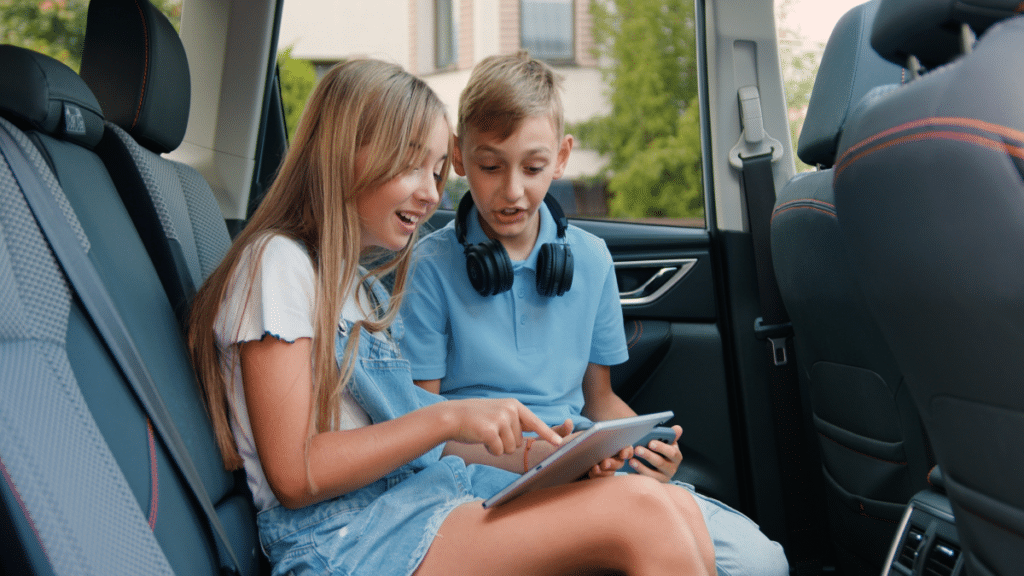
Arguments about how much, if any, screen time kids should have aside, technology is a lifesaver on long car rides. In the ’70s, you got a book or some crayons and paper if you were lucky. Otherwise, you and your siblings had to play games like Punch Buggy and License Plate Bingo.
These activities not only helped pass the time but also fostered family interactions and storytelling, making the journey an integral part of the road trip experience.
9. Air Conditioning Wasn’t a Thing
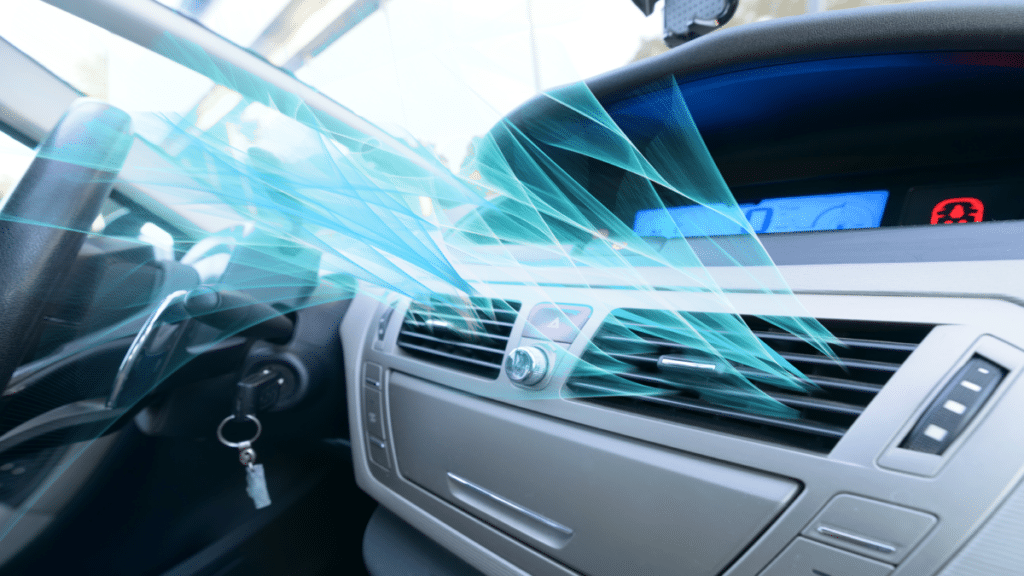
Parents today are more willing to take kids out of school to go on vacations, but in the ’70s, most stuck to the school calendar. This meant that the vast majority of vacations took place during the hot summer months. Unfortunately, cars had not yet been developed with internal air conditioning units, so the journey could get stuffy quickly!
With the majority of family vacations occurring in the summer, many travelers endured the heat without the relief of air conditioning, which didn’t become standard in most vehicles until the late ’70s and early ’80s. Families often relied on open windows for a breeze, which led to the well-known “2/55 air conditioning” joke—two windows down at 55 miles per hour.
10. You Had to Constantly Change the Radio Station
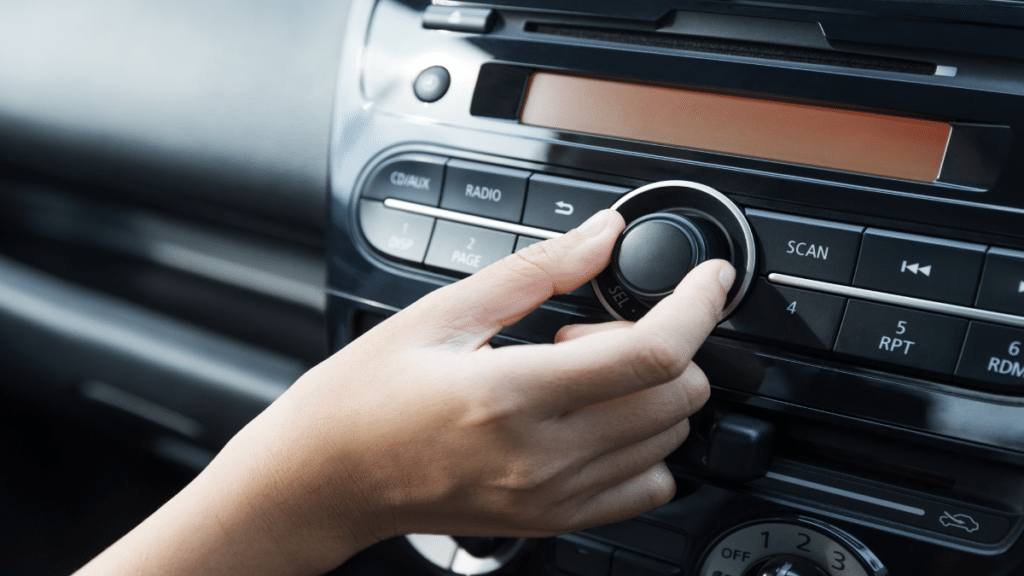
In the ’70s, your two options for listening to music in the car were 8-track tapes and AM or FM radio. Today, satellite radio, like SiriusXM, allows you to listen to the same stations anywhere in the country, but in the ’70s, radio stations were regional, and certain frequencies were only available in certain geographic regions. Once you were out of range, you’d have to try and find a new local channel.
Back then, a car journey soundtrack was often at the mercy of the local radio station’s range, leading to a mixtape of regional sounds as families traveled. The introduction of the 8-track tape player in cars provided a more consistent and personal music selection, allowing families to bring their favorite albums along for the ride, though changing tapes frequently could be a hassle on longer trips.
11. Not All of The Interstates Were Completed
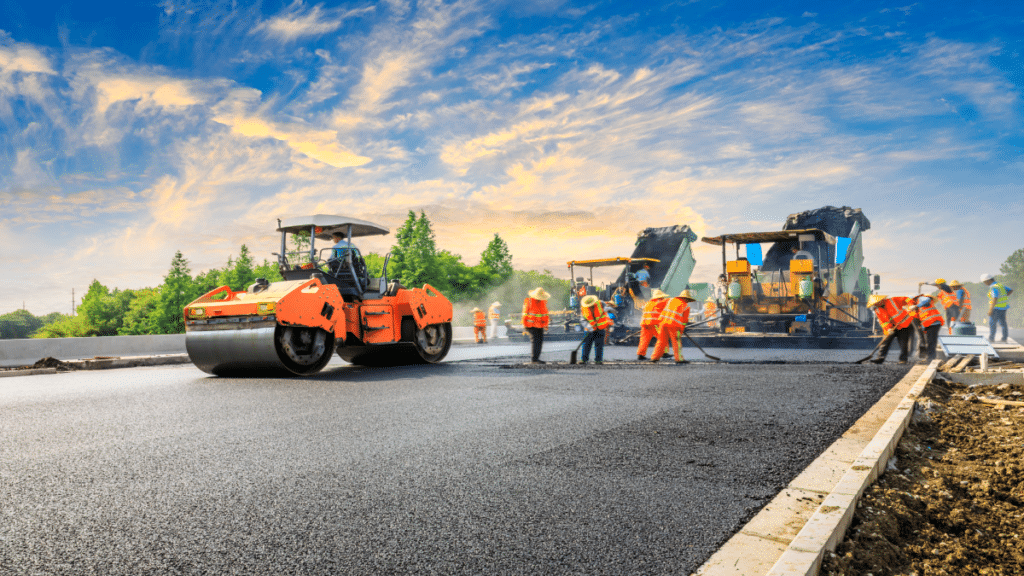
Remember the Federal Aid Highway Act? The boom in road construction it created was not finished for most of the 1970s. Travelers would usually have to take detours and bypasses around parts of the highways still under construction.
The completion of the Interstate Highway System, envisaged by the Federal Aid Highway Act, extended into the ’70s, with the final stretches being completed towards the end of the decade. This meant that travelers often encountered sudden transitions from smooth, newly constructed highways to older roads or temporary routes, making navigation more challenging and unpredictable and sometimes leading to unexpected adventures or delays in reaching their destinations. Getting there is half the fun, though, right?
12. You Weren’t Going to Get Anywhere in a Hurry
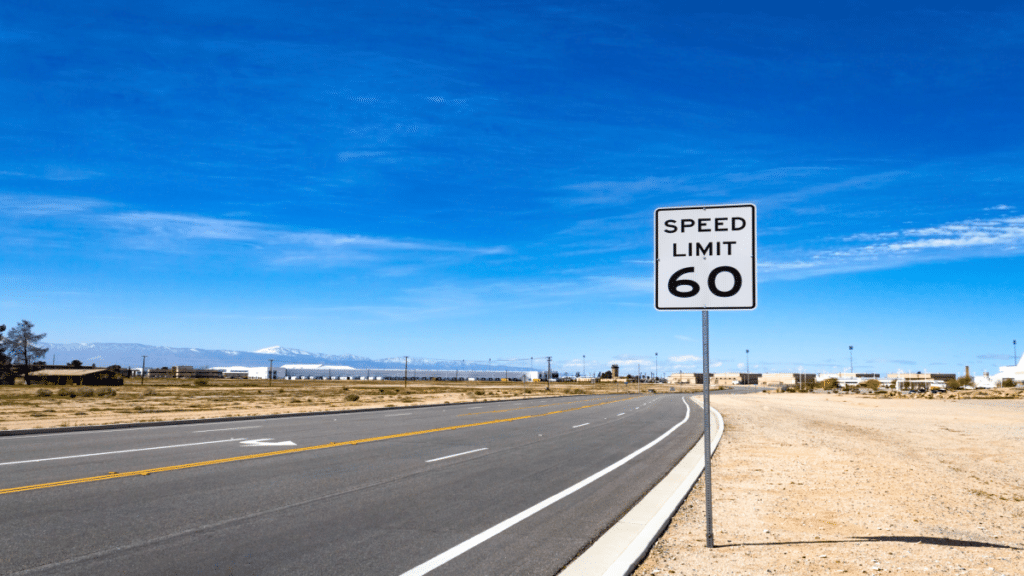
In 1974, President Richard Nixon signed a bill setting a national speed limit of 55 mph. Some states mandated even lower speeds. Since states regained control of their own speed limits in the 90s, most of us get to travel at speeds of 60 mph or more.
The national speed limit of 55 mph, established in the ’70s, was part of efforts to conserve fuel during the oil crisis and to improve road safety. This lower speed limit was a significant change for drivers used to faster travel, and it remained a topic of debate until its repeal in the ’90s, when speed limits were raised and once again varied by state, reflecting the improved highway infrastructure and modern vehicles’ capabilities.
13. You Had to Navigate by Paper Map
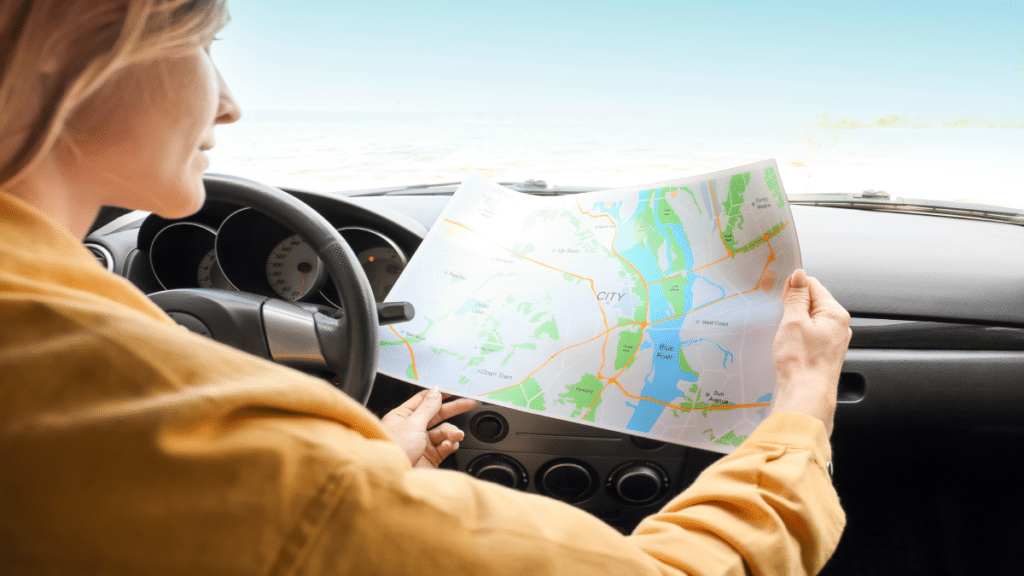
Thanks to the advent of the smartphone, most of us have an interactive map of anywhere we want to go at our fingertips at all times and a helpful virtual companion to talk us through the directions. But in the ’70s, you had to buy a paper map of the areas you would pass through and chart your own course. Whoever rode shotgun served as the navigator.
Navigating a road trip meant relying on physical maps and atlases to guide the way, with the front passenger often taking on the role of reading these maps to direct the driver. This required skill in map-reading and an understanding of road signs and landmarks, adding an element of teamwork and planning to every journey. (And let’s face it, not everyone was a skilled map-reader.)
14. You Were More Likely to Break Down
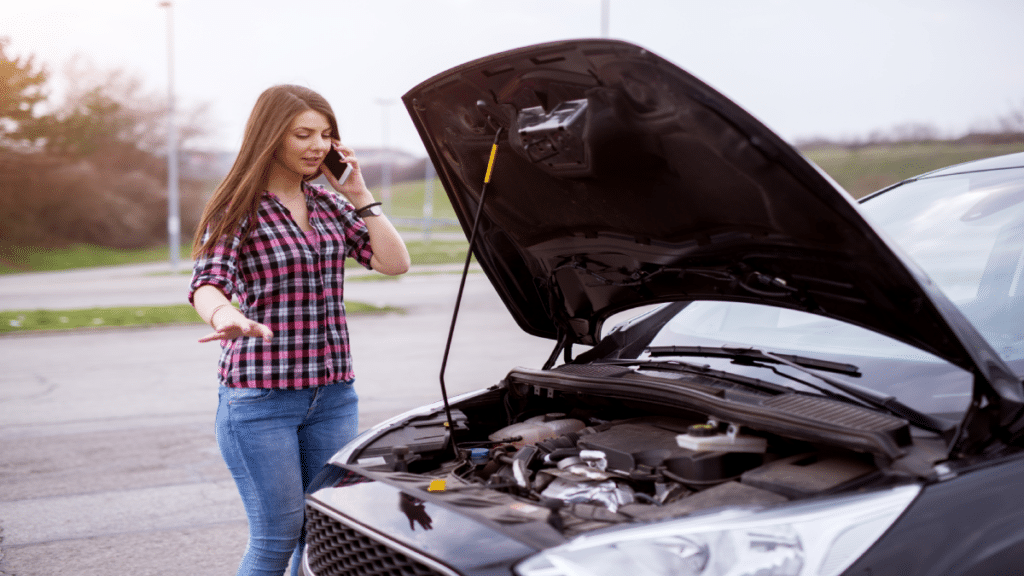
In the 1970s, you wouldn’t leave for a road trip without some spare parts and tools for your car. It wasn’t so much a question of if you’d break down as when.
Cars were less reliable back then and often lacked the advanced technology and materials used in today’s vehicles, making breakdowns a more common part of the road trip experience. Drivers would often carry essential tools and spare parts like fan belts, hoses, and even extra oil or coolant as a precaution against the frequent mechanical issues faced on long journeys.
15. You Might Have Encountered a Hitchhiker
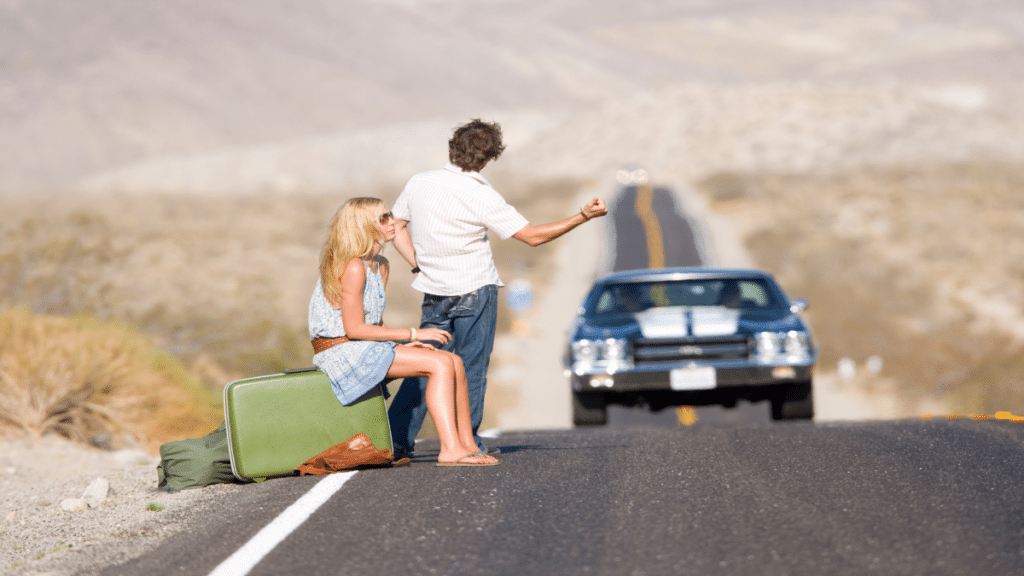
Today, most of us wouldn’t even think about letting a stranger we found on the side of the road into our car—there’s a reason why true crime podcasts are so popular! However, in the ’70s, hitchhiking was still a feasible way to get around. There are many reasons why hitchhiking may have gone out of style, including a rising fear of violence, cheaper cars, and the proliferation of highways and interstates.
However, back then, hitchhiking was a common practice, seen as a cheap and easy way to travel, with many people sharing rides without much hesitation. Over time, however, shifts in societal attitudes, increased media focus on the dangers of picking up strangers, and the convenience of personal and public transport have led to a steep decline in hitchhiking’s popularity.
16. You Probably Wouldn’t Have Pumped Your Own Gas

You might scoff at your friends from Oregon and New Jersey, but the rise of self-service gas stations is still relatively new. In the 1970s, most states had laws prohibiting drivers from pumping their own gas. However, you would have to go into the station to pay at the cash register rather than at the pump.
In the 1970s, full-service gas stations were the norm, with attendants who would pump gas, check oil levels, and clean windshields. The transition to self-service stations started as a way to reduce costs and lower gas prices, leading to a shift in the driver’s responsibilities. This change gradually took hold across the country, with only a few states, like Oregon and New Jersey, maintaining laws that require gas station attendants to pump fuel for motorists.
17. But You Would Have Paid Less for It

Most of us are aware that everything has gotten increasingly more expensive over the past decades, but looking at 1970s gas prices can show us just how much prices have risen. In the early 1970s, gas was around 36 cents per gallon, which is about equal to $2.50 a gallon today. However, after the OPEC oil embargo of 1973, gas became much more expensive.
The sharp rise in gas prices after the OPEC embargo also led to the first instances of fuel rationing since World War II, with “odd-even” rationing days being introduced, where drivers could only purchase gas on days that matched the last digit of their license plate. This period of economic adjustment forced Americans to rethink their driving habits and contributed to the increased popularity of smaller, more fuel-efficient cars in the following decades.
18. You Probably Spent the Night in a Mom-and-Pop Motel You Found Along the Way
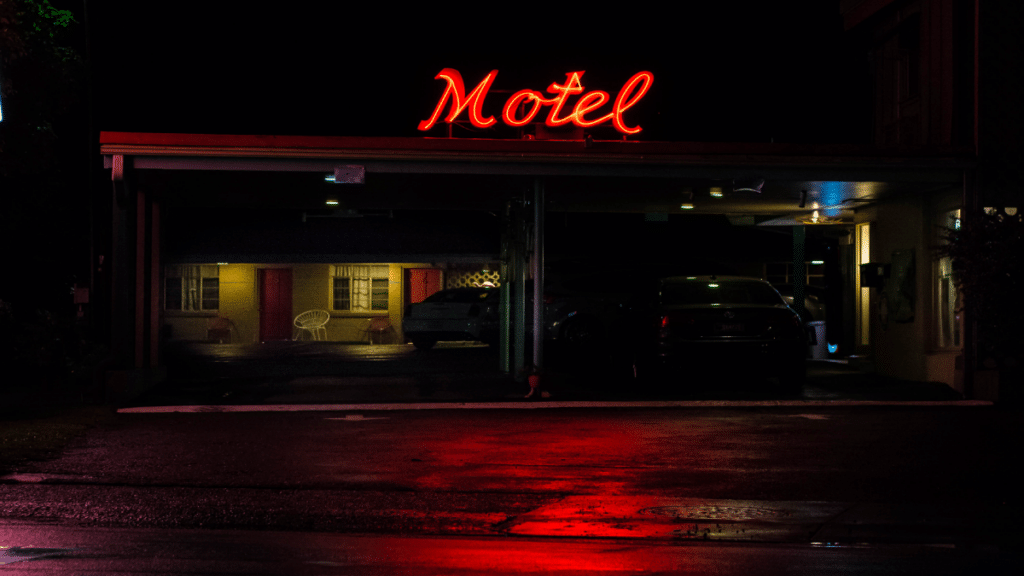
When going on a road trip in the 21st century, most of us plan out a route in advance, decide where we’re going to stop and make reservations in our preferred chain hotel. However, road-trippers in the ’70s were more go-with-the-flow. They’d pull off at the first roadside inn or motel with vacancies when they were done driving for the day.
This spontaneous approach to travel meant that many family-run motels thrived, offering unique, locally flavored accommodations along popular routes. These motels often featured eye-catching neon signs and thematic designs to attract weary travelers, providing a more personalized and memorable overnight stay compared to the uniformity of today’s hotel chains.
Discover the Lone Star State: 11 of the Best Places to Live in Texas
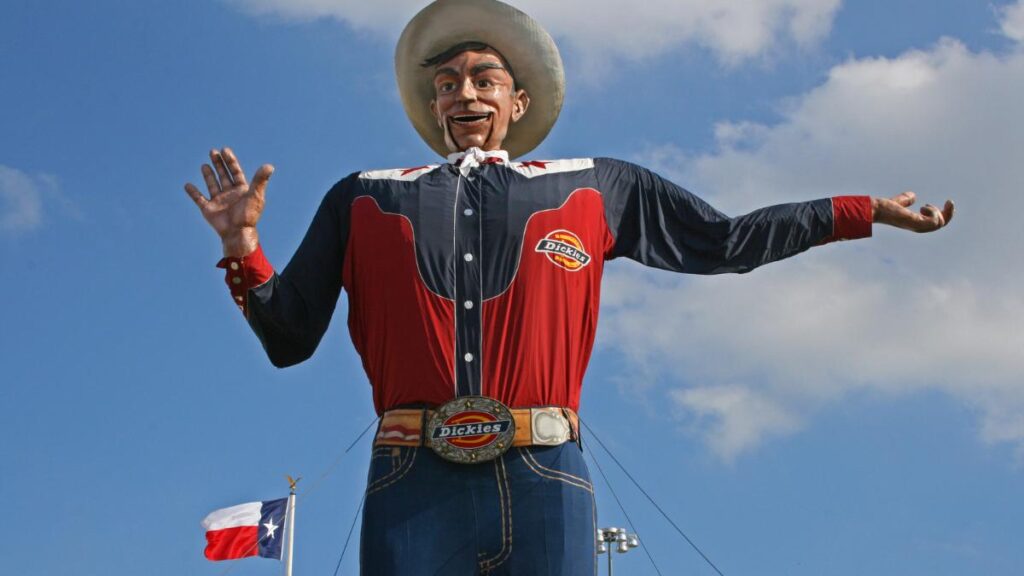
As inviting a place as Texas may be to live, its vast selection of cities and towns, which number more than 1,200, can make for an overwhelming search. Of course, the whole state offers classic Texas energy and southern charm, but its vast size houses many unique regions and subcultures. To help narrow down the search, consider some of these options for the best places to live in Texas.
Discover the Lone Star State: 11 of the Best Places to Live in Texas
No Passport, No Problem: You Don’t Need One to Vacation in These Countries

If you’re an American citizen traveling out of the country, you have to have a passport to be allowed into somewhere else, right? While that’s mostly true, there are some exceptions. Some are independent countries, while others are U.S. territories that largely operate independently.
Note: Before you visit any of these places, make sure you look into what the entry requirements are. For example, you may need an enhanced ID or proof of certain vaccinations.
No Passport, No Problem: You Don’t Need One to Vacation in These Countries
Featured Image Credit: Monkey Business Images/Shutterstock
Karee Blunt is a nationally syndicated travel journalist, focused on discovering destinations and experiences that captivate and inspire others through her writing. She is also the founder of Our Woven Journey, a travel site focused on inspiring others to create memory-making adventures with their loved ones. Karee is passionate about encouraging others to step out of their comfort zone and live the life they dream of. She is the mother of six kids, including four through adoption, and lives with her family in the Pacific Northwest. You can learn more about Karee on her about me page.
